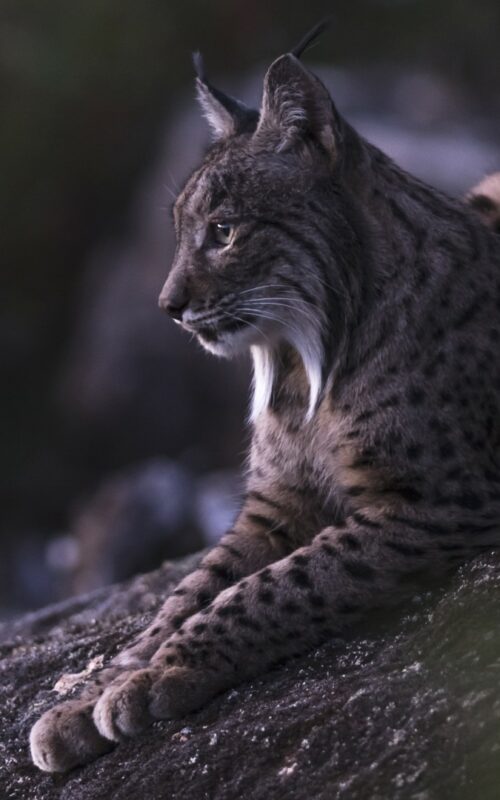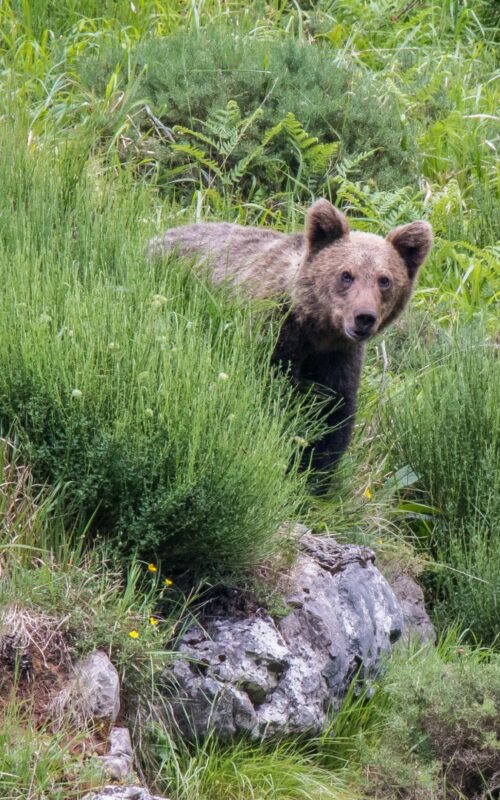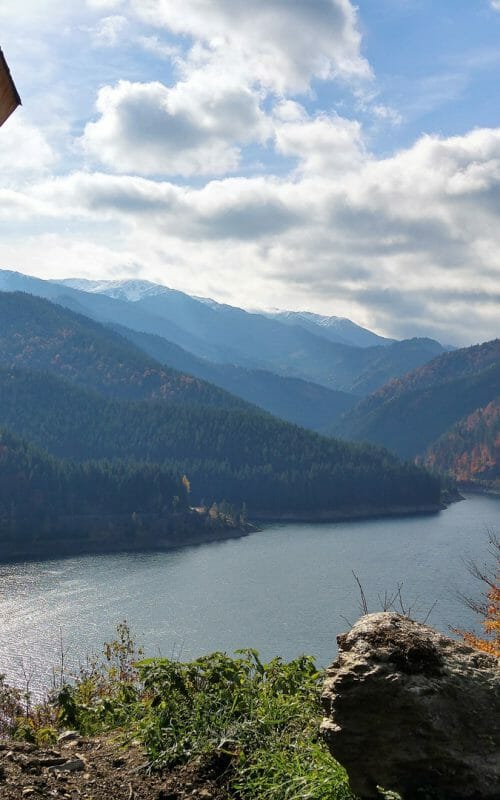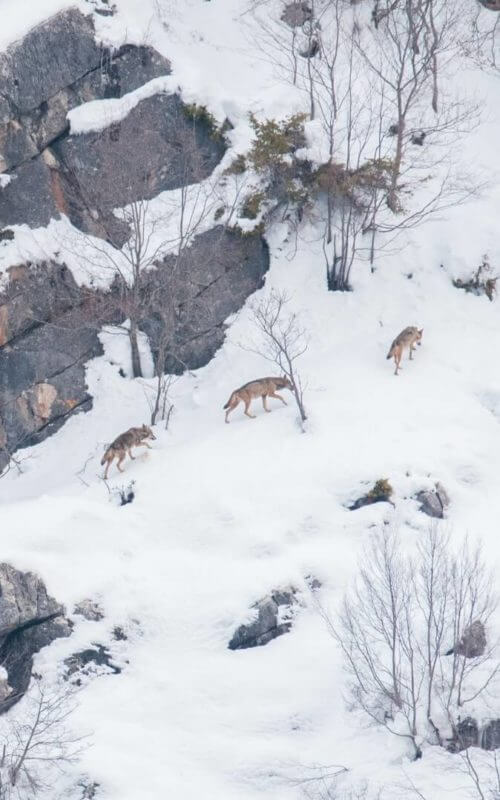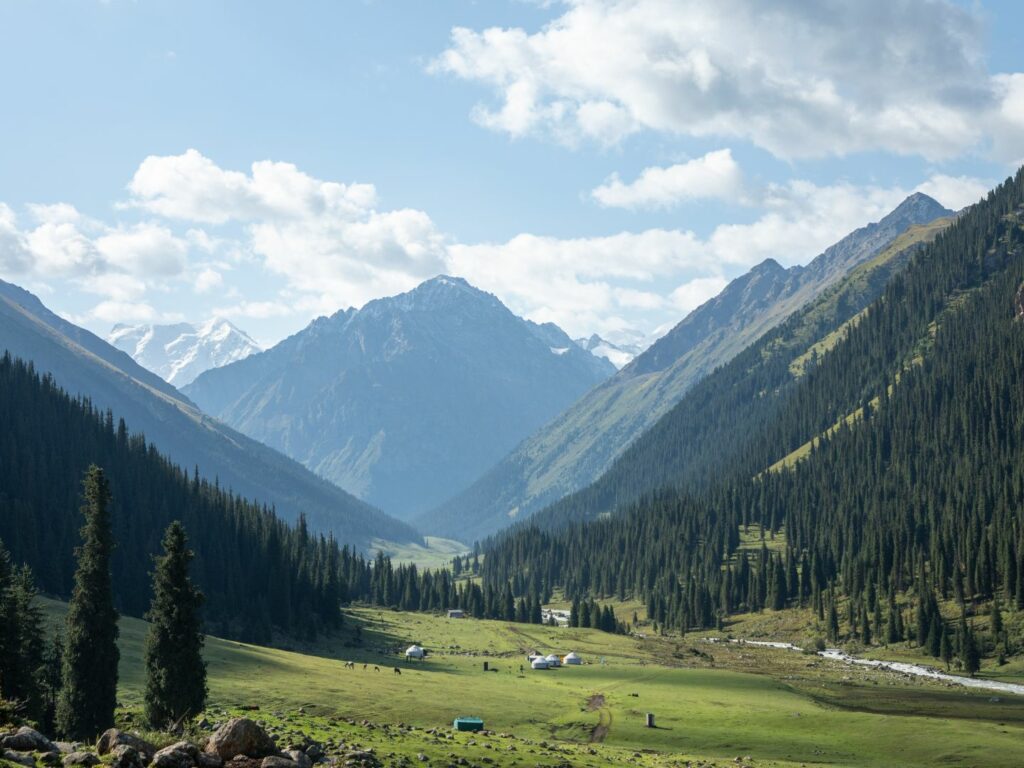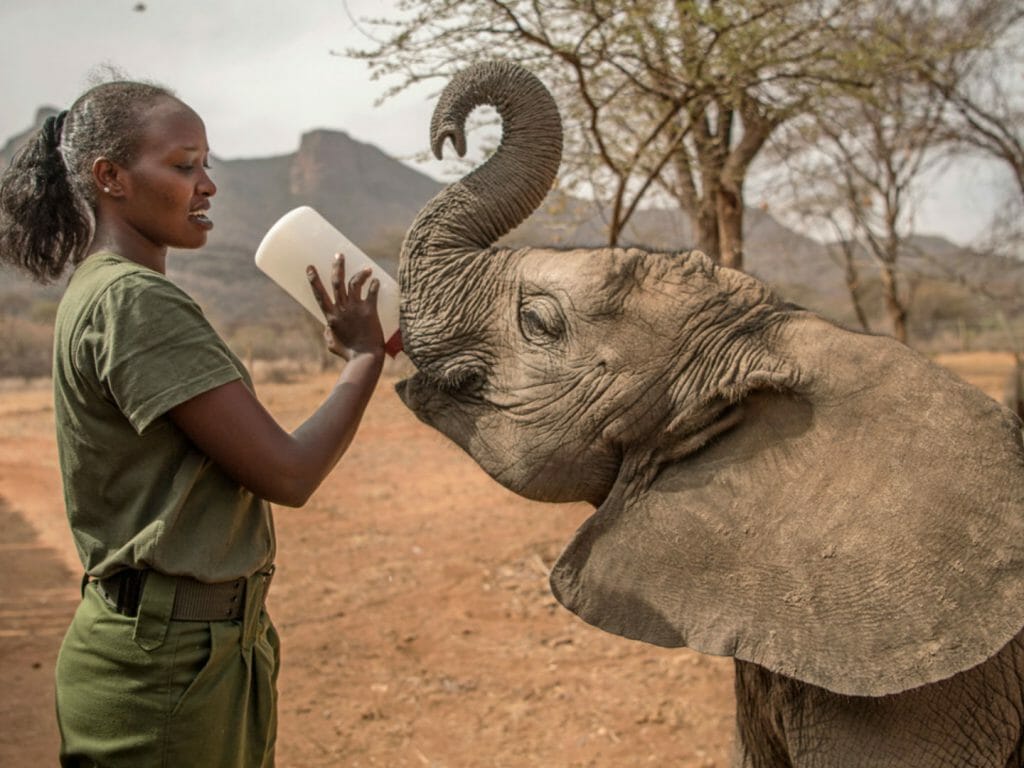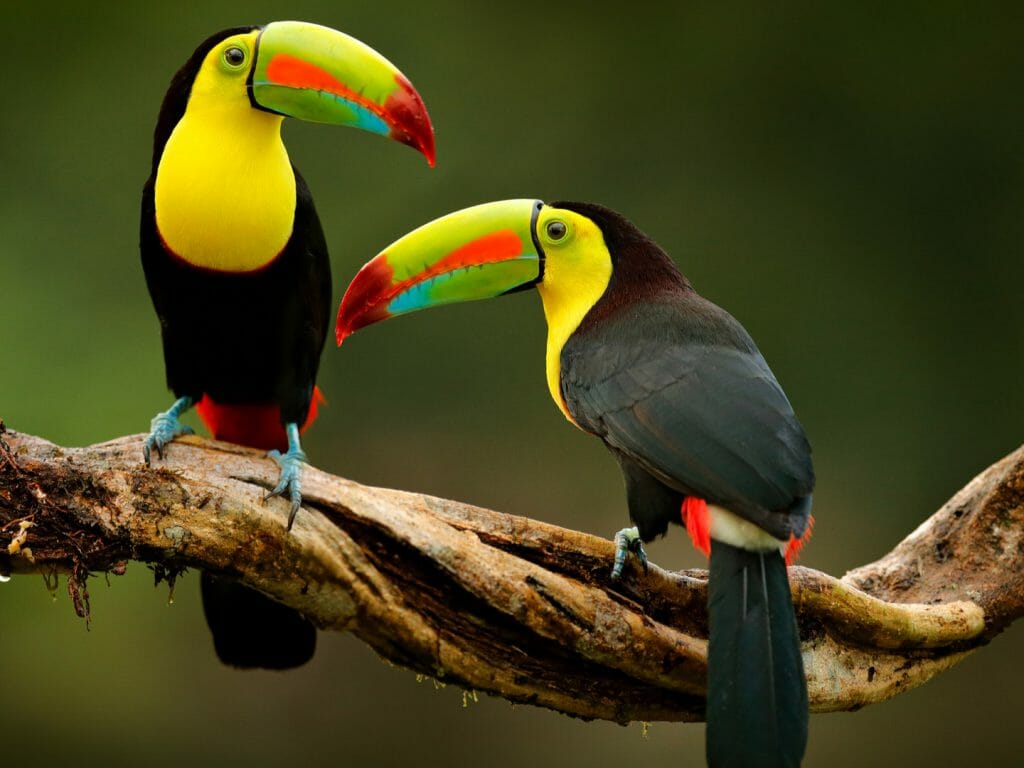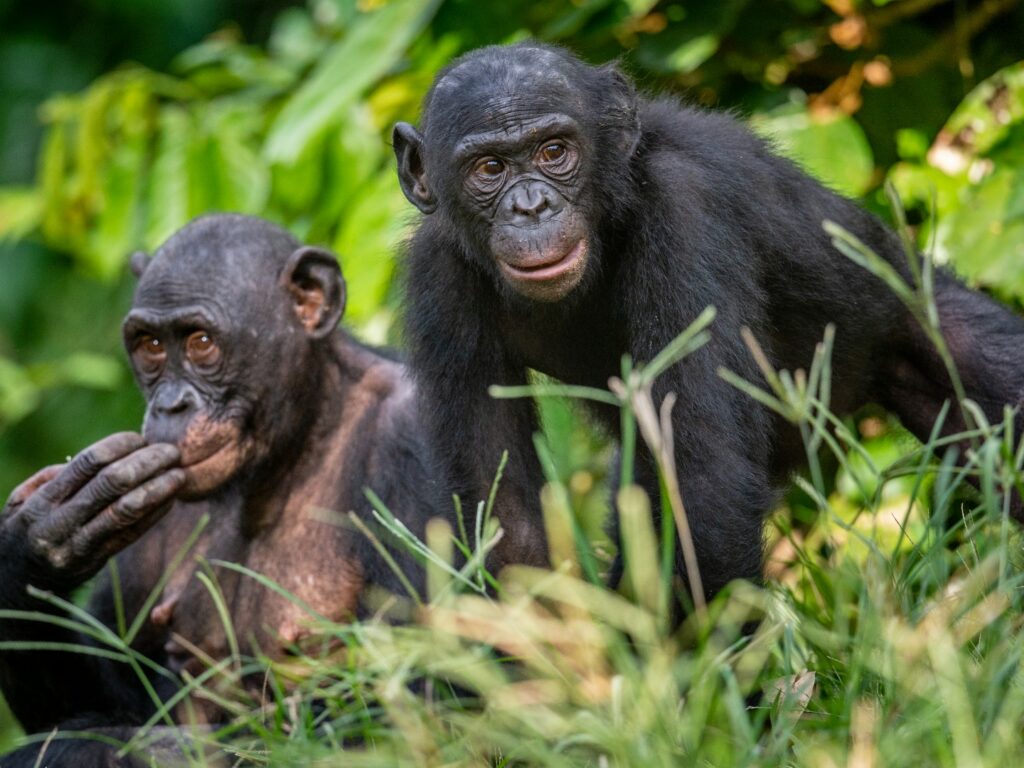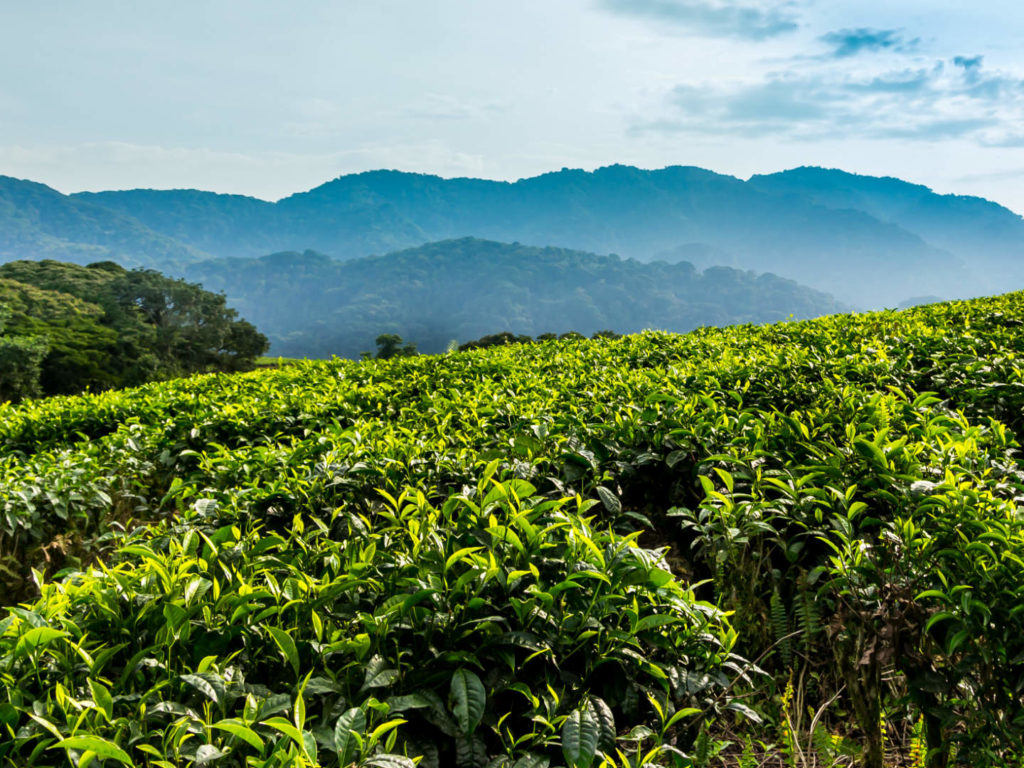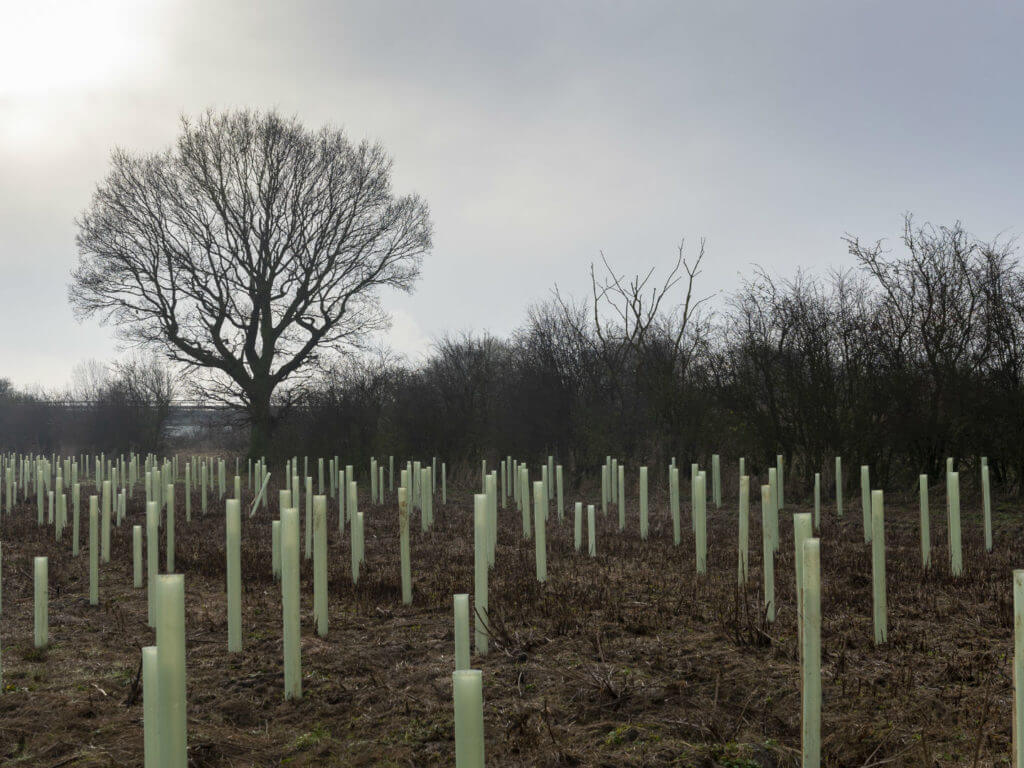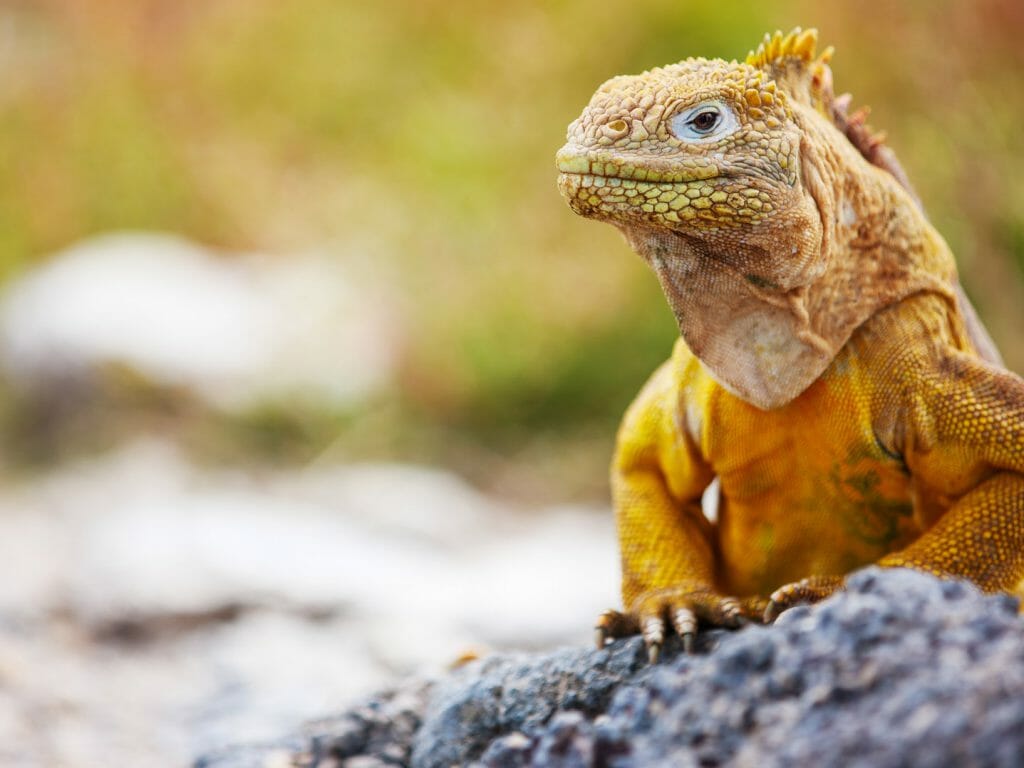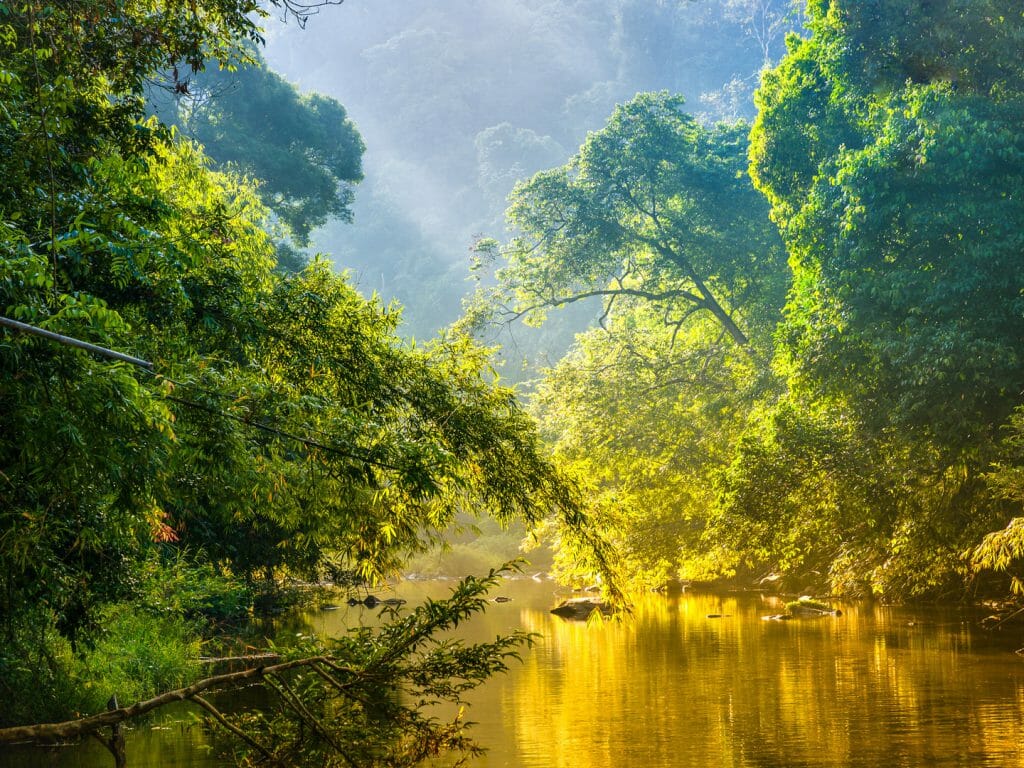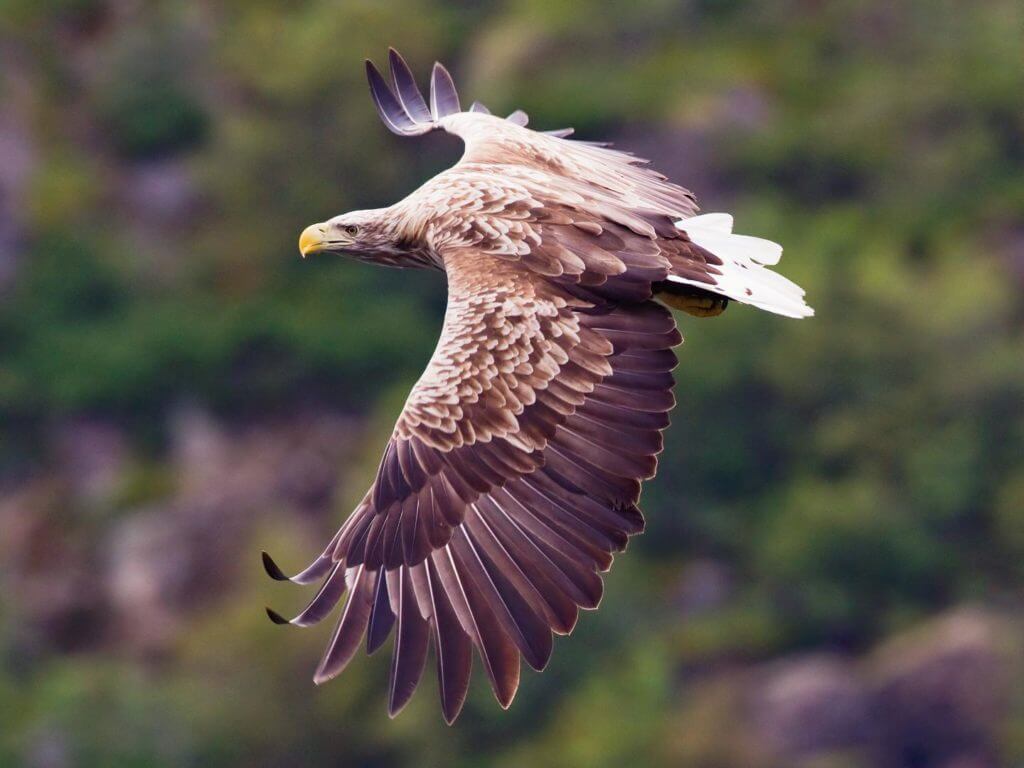The world is changing. The past year has been a staggering challenge for all; travel grounded to a halt, and the pandemic drew our way of living on Earth into sharp focus, providing a sore reminder that we must preserve the natural systems that sustain us. The European Nature Trust (TENT) and Steppes Travel, through our partnership, have long recognised that in order to protect nature, we must truly appreciate it.
Europe, contrary to popular perception, is a continent that still boasts an abundance of wildlife and wilderness. It is out there, waiting for those adventurous enough to seek it.
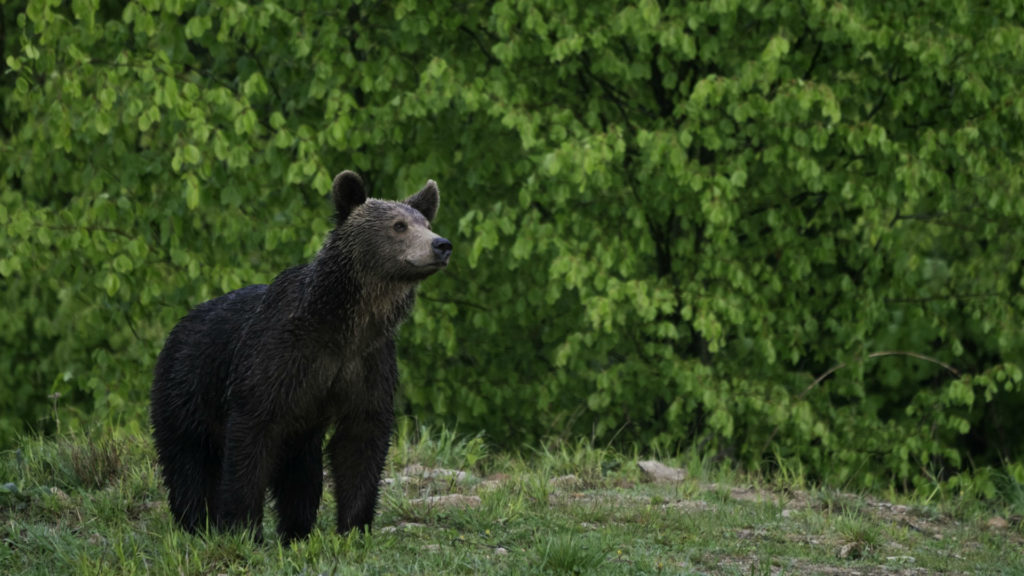
In Romania, thanks to the work of Foundation Conservation Carpathia (FCC), there is a vision to create a European Yellowstone by protecting 250,000 hectares of old-growth and virgin forest in the South Carpathians. The forests of Romania evoke sensations of mystery and beguilement that only true wilderness can. They bristle with biodiversity where bears, wolves, Eurasian Lynx, bison and red deer can be observed from Spring to Autumn.
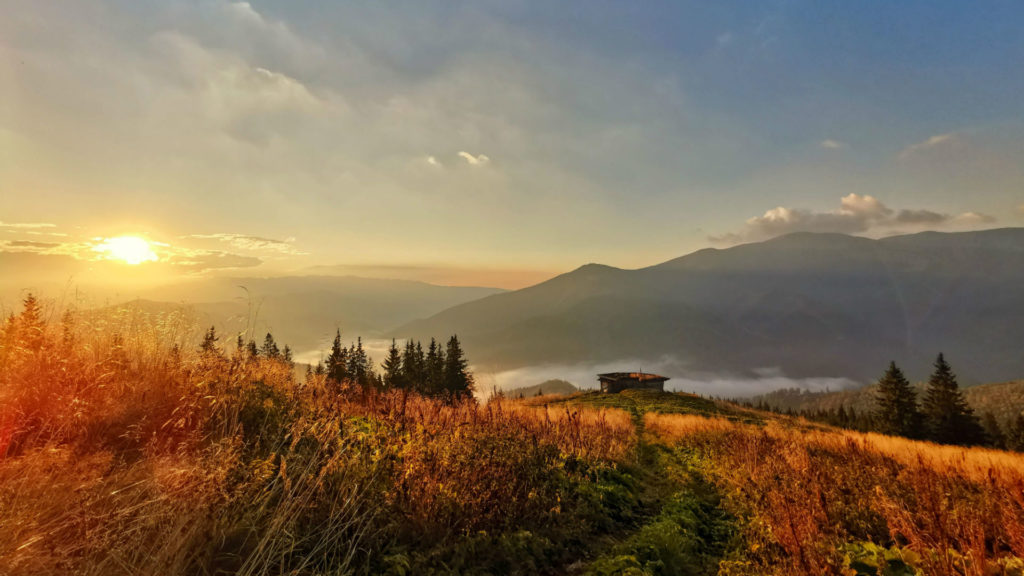
Italy’s Abruzzo National Park is the last stronghold of the Marsican Brown Bear. With around 60 bears remaining in the wild today, the Italian Foundation, Salviamo l’Orso, is doing essential work to preserve and increase the range and numbers of this rarest of bears. Whilst the Bears are best observed during spring and autumn; wolves are best seen in the depth of winter with the familiar blanket of snow covering heavily forested Apennines.
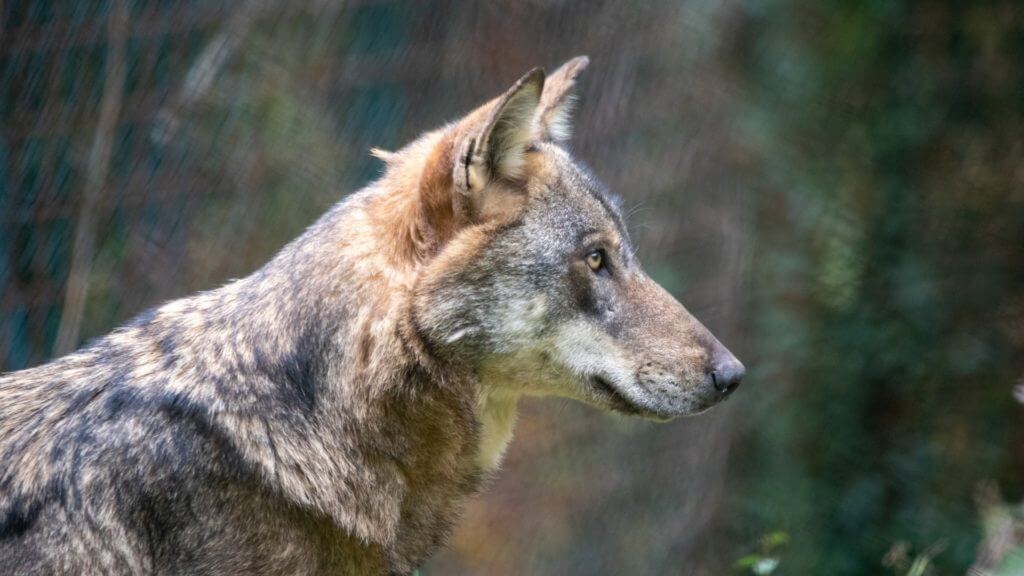
Nature-lovers will discover landscapes of stunning natural beauty in Andalucia in southern Spain, where lynx and wolf still skulk the arid Dehesa landscape. Thanks to the work of The CBD-Habitat Foundation and local partners, the Iberian lynx population in southern Spain has recovered from a nadir of 100 individuals to more than 1,000 today, distributed across eight distinct sub-populations. One may find lynx hunting for rabbits or small deer in the canary-stroked light from the end of October to February. Further north in Asturias bears and wolves can be best spied during the spring and autumn. Our guests will have the opportunity to meet and learn more about the work of local Fondacion Oso Pardo, the local charity that has been responsible for helping the Marsican bear population reach over 300 animals from a low of around 30.
To ensure that Europe’s wildness has a future, vital conservation work is yet to be done. Efforts are needed in areas that are threatened by illegal logging activity, by habitat encroachment from unsustainable practices, from the illegal wildlife trade, and from human-wildlife conflicts. That is why we urge you, as patrons of wild Europe, to connect with the wildlife we have here in Europe and to travel with purpose. The partnership between Steppes Travel and TENT, supports some of the most effective wildlife & conservation projects on the continent, and those most in need. All trips through the partnership include a significant donation to local initiatives working to restore habitats, monitor wildlife populations, mitigate human-wildlife conflict, and much more. By engaging with nature, and making sustainable choices to explore its wonder, we can continue to make Europe a wilder place.
Join us.
For more details on how you can support and experience Europe’s wildness, with purpose get in touch with our experts.
[This piece was written by Jacob Dykes for The European Nature Trust (TENT) for Steppes Travel]


